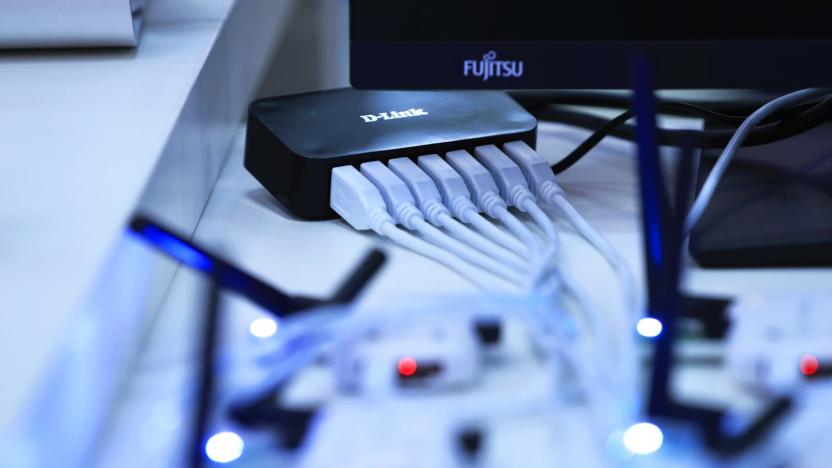usrobotics
Latest

The CIA has been rooting around in your WiFi router
A recent Wikileaks document dump revealed that the CIA has been hacking wireless routers. The documents suggest it has been going on for years and as many as 25 devices from 10 different manufacturers were targeted.

USRobotics PalmPilot Personal review
It's 1996. You might have a cellphone, but it doesn't do much more than make phone calls. You might have a laptop, but it's likely too heavy to carry with you everywhere you go. Or you might only have a phone that's plugged into a wall and a PC that's confined to a desk. That's the environment that gave rise to the Personal Digital Assistant (or PDA), a new type of product that first arrived in the late 1980s but really came into its own in the mid-90s. 1996 also saw the release of the first PDAs developed by USRobotics subsidiary Palm Inc., the Pilot 1000 and 5000, which had more in common with today's smartphones than many of their contemporary devices. They had a touchscreen with only a few physical buttons at the bottom. They had apps you could download. They could sync data with your computer. And they were small and light enough to carry with you at all times. They just didn't make phone calls. A year later, Palm released the slightly upgraded PalmPilot Personal and PalmPilot Professional (with 512KB and 1MB of RAM, respectively), and the ensuing years would see a regular stream of new devices -- not to mention an acquisition by 3Com, and a new spate of Palm OS products from Handspring, a company founded by the folks behind the original Pilot. But it's those first few devices that come to mind when someone mentions "Palm PDA," and with good reason -- they set a mold that wasn't deviated from much until Palm made the jump into smartphones.

USRobotics announces new Skype base station, handset
Today, USRobotics announced its newest Skypified pair of products, the USR9630 Cordless Dual Phone and the USR9631 Accessory Handset. The dual phone, as the name implies, plugs into a USB port and a landline and can make and receive both Skype and traditional phone calls. The base station, which comes with one handset, goes for $120, and an additional handset will set you back $70, assuming of course you're a Windows user (sorry, Mac support is forthcoming).Update: USRobotics just told us that Mac support would be coming in Q1 2007.

USRobotics releases two Skype-certified handsets
USRobotics has just released two new Nokia-esque Skype-certified handsets for the Internet telephony lover on a budget, with the USR9601 USB Internet Phone retailing for just $50, and the USR9602 USB Internet Mini Phone (pictured) going for a mere $25. Both models feature a numeric keypad (duh) for speed dialing your Skype contacts or utilizing the SkypeOut feature if that's your thing, with the 9601 also sporting a back-lit LCD for call status and the all-important Skype caller ID. Also part of the package is some whiz-bang technology that promises to cancel out the echoing and tunnel effect that apparently plague lower-quality handsets; we're not quite sure what they're referring to, though, as every VoIP call we've ever made has been crystal clear and of the highest possible sound quality.

